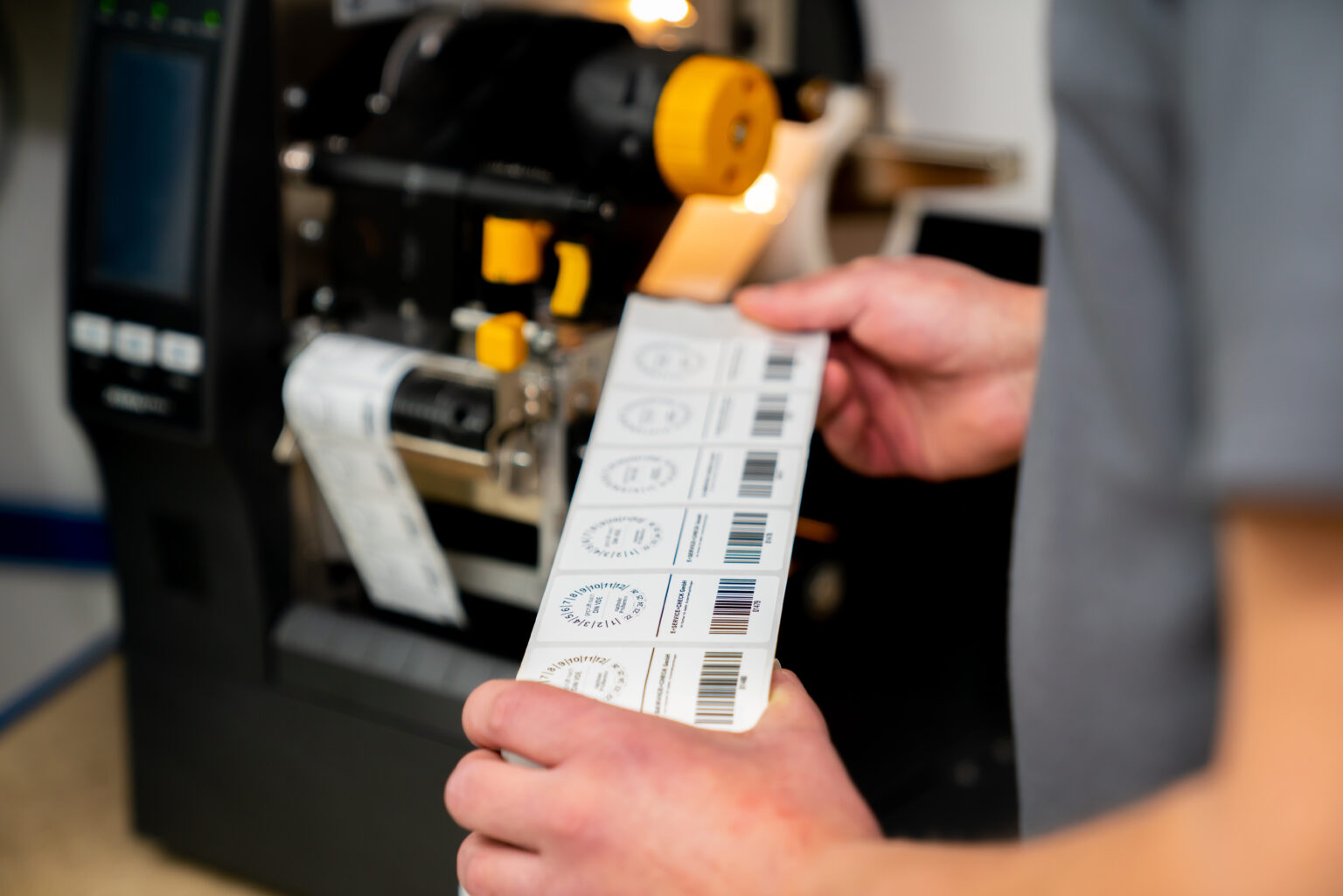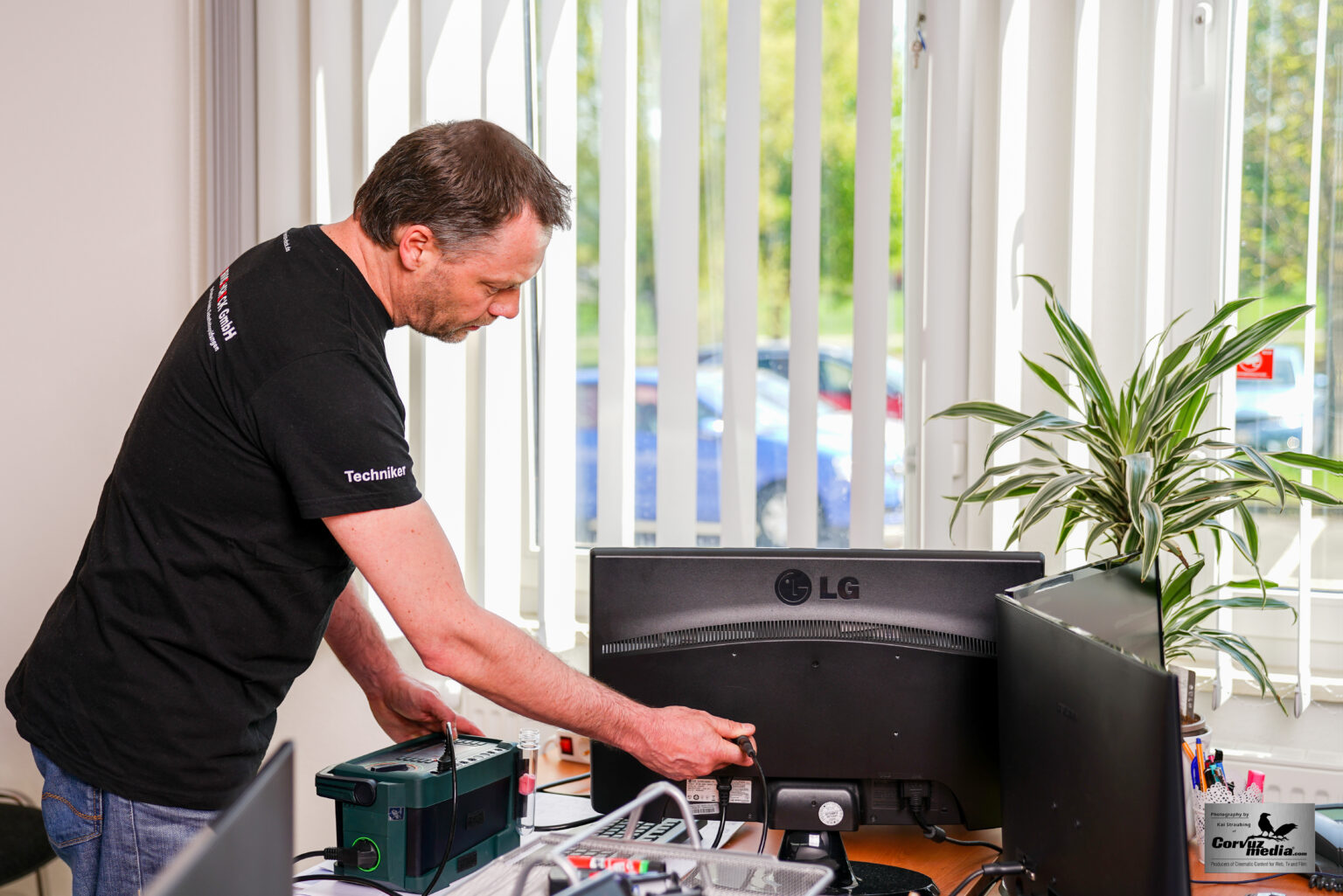Have you considered the profound impact of electrical safety regulations on workplace efficiency and safety? In Vechta, the DGUV V3 Prüfung plays a pivotal role in ensuring the operational safety of electrical equipment. It’s not just about compliance; it’s about creating a secure environment that enhances productivity and protects lives.
Originally formulated to address the rising electrical hazards, the DGUV V3 Prüfung has become a cornerstone of workplace safety practices in Vechta. According to recent statistics, facilities adhering to DGUV V3 standards have experienced up to a 30% reduction in equipment-related accidents. This demonstrates the tangible benefits of systematic safety checks and underscores the necessity of rigorous preventive measures.
DGUV V3 Prüfung in Vechta focuses on ensuring the safety of electrical installations and equipment through rigorous testing and inspection standards. Compliance with these standards not only reduces the risk of electrical hazards but also ensures safer working conditions, ultimately leading to increased productivity and reduced downtime.
DGUV V3 Prüfung Vechta
DGUV V3 Prüfung in Vechta is essential for maintaining electrical safety in workplaces. This set of guidelines ensures all electric installations and devices are checked regularly. Businesses in Vechta benefit from reduced accident risks and improved operational reliability. The tests cover everything from wires to large machines. Following these standards helps prevent electrical fires and injuries.
The process involves detailed inspections by certified professionals. These experts look for wear and tear, faulty connections, and potential hazards. They use specialized equipment to measure electrical resistance and current flow. If any issues are found, repairs are made immediately. This thorough approach ensures everything stays in top condition.
The frequency of these inspections depends on the type of equipment. For example, high-risk devices might need checks every six months. Low-risk equipment could be inspected yearly. A table of typical inspection frequencies is provided below:
| Equipment Type | Inspection Interval |
|---|---|
| High-Risk Devices | 6 Months |
| Medium-Risk Devices | 1 Year |
| Low-Risk Devices | 2 Years |
Following DGUV V3 standards not only protects employees but also ensures compliance with German safety regulations. Businesses that ignore these rules face hefty fines and possible shutdowns. Compliance demonstrates a commitment to safety and quality. It’s an investment in both people and property. In Vechta, adherence to these practices is seen as a mark of a trustworthy business.

Benefits of DGUV V3 Prüfung in Vechta
DGUV V3 Prüfung in Vechta offers numerous benefits for businesses and workers alike. One significant advantage is the reduction of electrical accidents. Regular inspections ensure equipment operates safely. This leads to fewer injuries and a safer workplace. Everyone can feel more secure on the job.
Another key benefit is the potential for cost savings. Frequent checks help identify issues before they become major problems. Businesses can avoid costly repairs and downtime. This continuous monitoring leads to more efficient operations. Ultimately, investing in safety inspections saves money.
Additionally, complying with DGUV V3 standards can boost a company’s reputation. Customers and clients value businesses that prioritize safety. Adherence to these standards shows responsibility and commitment. It creates trust and reliability. A good safety record can even attract new business opportunities.
The environmental impact of electrical safety cannot be ignored. Proper maintenance reduces the risk of fires caused by faulty wiring or devices. This helps protect the environment from unnecessary harm. The practice aligns with eco-friendly initiatives. In the long run, it supports sustainable business operations.
Steps Involved in DGUV V3 Prüfung
The first step in DGUV V3 Prüfung is the initial inspection. A certified electrician examines all electrical equipment and installations. They look for visible damage and ensure everything meets safety standards. This step is crucial as it identifies any obvious issues. If problems are found, they are documented and scheduled for repair.
Next is the functional testing phase, which involves checking the operation of each device. Electricians use specialized tools to test how well equipment performs. This can include checking for correct voltage levels and ensuring switches work properly. Functional tests ensure that everything operates as it should under normal conditions. Any malfunctioning equipment is flagged for further inspection.
Following functional testing, there is a phase dedicated to insulation resistance tests and leakage current measurements. These tests help detect hidden electrical issues. Insulation resistance tests involve measuring the resistance between different conductive parts. Leakage current tests identify unwanted electrical flows. The results of these tests can reveal potential faults that aren’t visible during a basic inspection.
The final phase is the documentation and follow-up process. All findings are recorded in a detailed report. This report includes information on any repairs needed and the condition of each piece of equipment. Businesses receive a checklist of actions to take to comply with safety regulations. The inspection ends only when all issues are resolved and compliance is ensured.

Hiring a Certified Inspector in Vechta
Hiring a certified inspector in Vechta ensures that your electrical installations are thoroughly checked and compliant with DGUV V3 standards. These inspectors have the expertise to identify potential hazards. They ensure that all safety protocols are followed. This helps prevent accidents and keeps your workplace safe. Certified inspectors bring peace of mind to all employees.
Finding the right inspector involves some research. You want someone with a proven track record. Look for inspectors who have extensive experience and proper certification. Reading reviews and getting recommendations can also help. A reputable inspector will always have positive feedback from clients.
Costs vary depending on the scope of the inspection. Some inspectors may offer package deals for multiple checks. It’s important to get a detailed quote before hiring. You want to ensure all aspects of your electrical system will be covered. This way, there are no surprises later on.
The process of hiring an inspector is straightforward. Start by contacting local inspection services and asking for a consultation. During this meeting, discuss your specific needs and any concerns you may have. The inspector will explain their process and provide a timeline for the inspections. Once everything is agreed upon, you can schedule the inspection date.
Being prepared for the inspection is key. Make sure all areas are easily accessible to the inspector. Have all relevant documents ready, such as previous inspection reports. This makes the process go smoothly and efficiently. A checklist can be very helpful to ensure nothing is overlooked.
After the inspection, the inspector will provide a detailed report. This report will outline any issues found and recommended actions. It’s your responsibility to address these issues promptly. Taking action based on the inspector’s recommendations ensures your compliance with safety standards. This proactive approach can save time, money, and possibly lives.
Cost Implications of DGUV V3 Testing
DGUV V3 testing involves several cost factors that businesses must consider. First, there are the fees for hiring certified inspectors. These fees can vary based on the complexity and size of your electrical systems. In some cases, multiple inspections may be necessary, adding to the cost. However, investing in these inspections is crucial for workplace safety.
Another cost aspect is the potential need for repairs and replacements. Inspections often uncover issues that require immediate attention. This could mean purchasing new equipment or repairing existing devices. While this adds to the expense, it prevents more costly problems down the line. Regular maintenance can extend the lifespan of your equipment, saving money in the long run.
The downtime during inspections should also be considered. While an inspection is ongoing, some operations might need to be paused. Planning these checks during off-hours or less busy periods can minimize disruptions. Efficient scheduling can reduce the overall impact on productivity. It’s a small price to pay for ensuring safety compliance.
A table outlining typical costs for DGUV V3 testing services might be helpful:
| Service | Average Cost |
|---|---|
| Initial Inspection | $500 – $1,000 |
| Follow-Up Inspection | $300 – $700 |
| Repairs & Replacements | Varies |
| Downtime Cost | Varies |
Lastly, businesses should consider the non-monetary value of these inspections. Improved safety and compliance can lead to fewer accidents and lower insurance premiums. Employees work more confidently knowing the environment is safe. A safe workplace fosters a positive business reputation. These benefits, while hard to quantify, are substantial.
Key Takeaways
- DGUV V3 testing includes costs for inspections and repairs.
- Planning inspections during off-hours can minimize downtime.
- Investing in inspections prevents more costly problems later.
- Regular maintenance extends the lifespan of your equipment.
- Improved safety can lead to lower insurance premiums.
Frequently Asked Questions
What is the purpose of DGUV V3 testing?
How often should DGUV V3 inspections be conducted?
What are the costs associated with DGUV V3 testing?
Who is qualified to perform DGUV V3 inspections?
What happens if non-compliance is found during an inspection?
Conclusion
DGUV V3 testing in Vechta is essential for maintaining a safe and efficient workplace. The process not only helps identify potential hazards but also ensures compliance with safety regulations. Regular inspections save money and increase operational reliability by preventing costly problems and downtime. Certified inspectors make sure that all aspects are thoroughly checked and compliant.
Investing in DGUV V3 inspections brings significant benefits to businesses. Improved safety, lower insurance premiums, and a positive reputation are just a few advantages. It’s a proactive approach to safeguarding employees and property. In the long run, these inspections contribute to a secure and sustainable working environment.